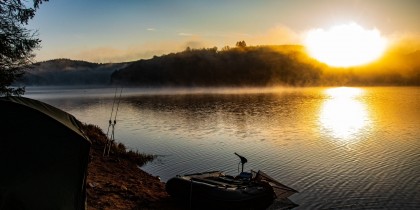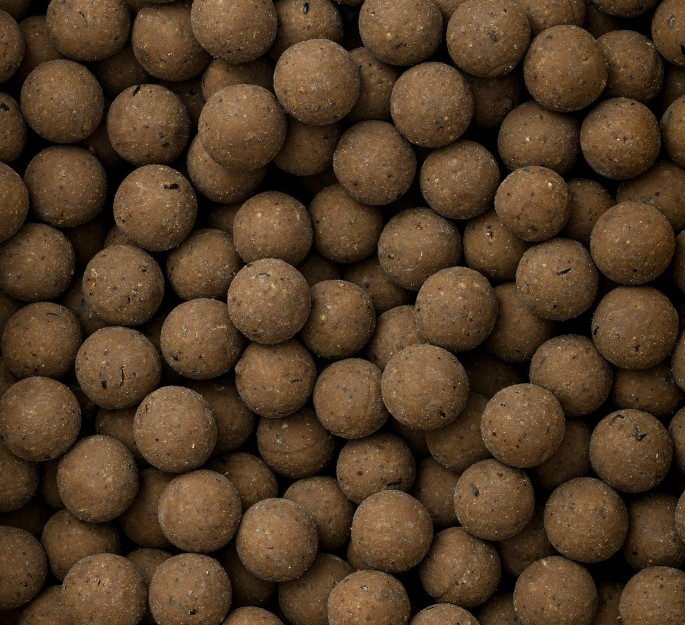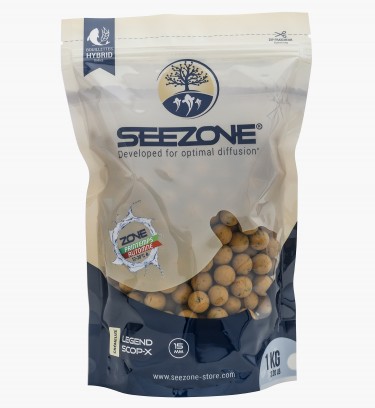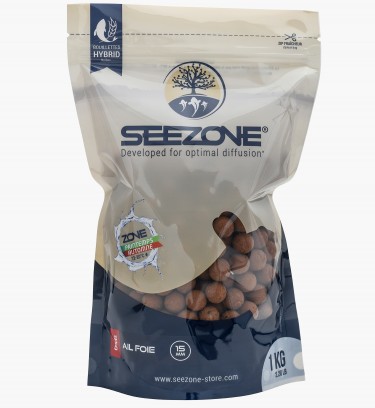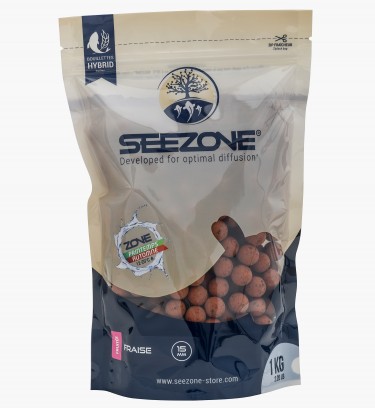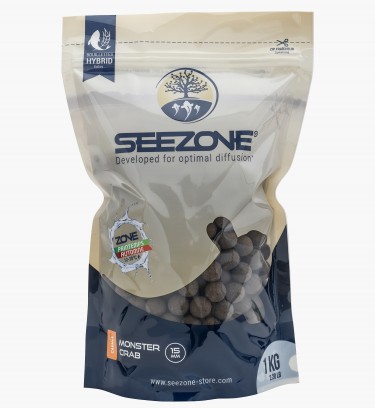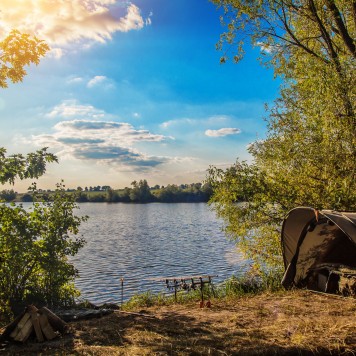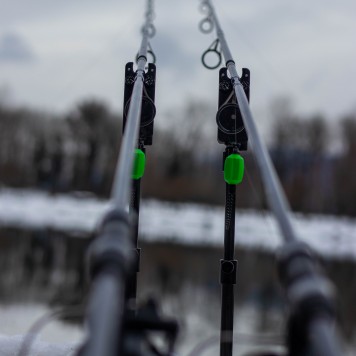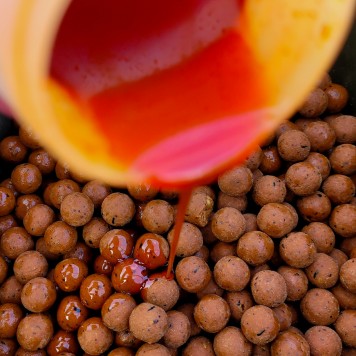The behaviour of carp in spring
In spring the fish emerge from their lethargy. They urgently need to replenish the energy reserves lost during the cold season but also to make the eggs they will lay before summer. This requires considerable energy, as does their intense activity during the spawning period.
As with all the other species of fish in the world, the spawning season is a time of great need.
As with all cold-blooded animals, carp are extremely sensitive to the warming of the water in spring: the tilt of the earth changes and the path of the sun is drawn a little higher in the sky day by day, the angle of penetration increases and the days get longer. In these shallow depths, the water will be warmed by the wind.
In these shallow depths, the grass and reed beds become carp magnets, as it is warmer and food grows there in the first place.
The aquatic plants (benthic flora) then provide the life support for the microfauna, which is the almost exclusive food source of the carp, which is mainly protein.
The behaviour of carp in autumn
In autumn, the behaviour of carp is significantly different.
This is the season when large gatherings of carp are most common, often in intermediate water layers. There is also regular and sustained feeding activity, particularly favourable for prolonged baiting. .
To cover all their needs, it is essential for them to find sufficient and varied food, whether it is of natural origin or supplemented by the boilies intended for carp fishing.
The quality of the baits used is then of considerable importance, and their effectiveness depends very much on the right composition of the mix from which the boilies are made: fresh and attractive ingredients with a composition modelled on the needs of the fish will be the best assets for fishing carp in the autumn.
Essential amino acids for autumn and spring fishing
As their tissue protein synthesis is very slow, like most aquatic animals, it is important that they feed properly and often. Furthermore, carp, like all poikilotherms, need to stabilise their internal temperature to cover this protein building function.
It is also important to know that some essential amino acids cannot be synthesised by the body, they are called "essential" amino acids and must come from the food.
But amino acid requirements vary according to external factors, in particular the temperature of the water. And when the water temperature is ideal (in spring and autumn), it is the time for the carp to cover these needs.
Carp in spring and autumn: feeding and temperature
The analysis of the effects of temperature on feeding has been well studied in carp, and allows to consider the relationships between metabolism (body functioning) and environmental variations (seasonality principle).
In agronomic experiments for captive fish rearing, appetite has been assessed by measuring voluntary feed intake: the amount of food ingested has been shown to increase progressively with temperature until a plateau stage between 13°C and 18°C, after which it decreases again. It has also been shown that the frequency of feeding increases with the same thermal profile.
Optimal distribution and response to the nutritional needs of carp
Concerning the " SPRING / AUTUMN " boilies, the ingredients selected by SEEZONE are specifically adapted to temperate waters
An ideal granulometry and mechanical resistance, to obtain baits with a very high diffusion power but which also keep a suitable resistance against the undesirable.
- A highly studied protein spectrum, rich in essential amino acids.
Depending on the recipe, there are, for example, Fishmeal Low Temperature, Whitefishmeal with 65% protein, krill or squid meal, but also salmon meal, tuna meal or liver powder.
Whatever type of boilie you choose (carne, fruity, creamy or spicy), baits manufactured by SEEZONE have a HYBRID profile. This means that all mixes systematically contain these so-called "noble" flours, which provide all the necessary nutrients for carp when the waters are temperate.
- Predigested flours, hydrolysates, or fermented corn liquor (CSL) systematically complete these recipes, reinforcing the supply of essential amino acids and spreading strongly in the water.
- The flavours used are little bombs! They have been extensively tested under fishing conditions and are precisely dosed. In harmony with the other ingredients without however taking precedence over the naturally diffusing elements, they simply reinforce the signal addressed to the carp, always with an optimal diffusion!

